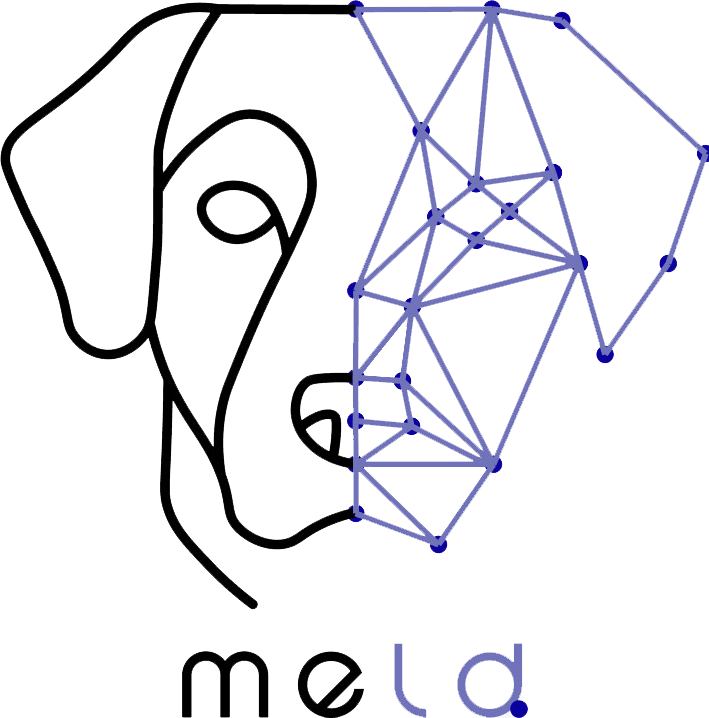This book chapter addresses the challenge of understanding animal emotions given that feelings are subjective and cannot be directly measured. Emotions are defined as multi-component states encompassing subjective, neuro-physiological, cognitive, and behavioral elements that can be objectively measured. The authors emphasize that emotional expressions are species-specific and complex, often leading to human misunderstandings and anthropomorphic biases when interpreting animal cues like a “guilty look” or bared teeth. Accurate assessment requires considering behavioral context and multimodality (e.g., combining facial, body, and vocal cues). The paper also highlights the emerging role of automated emotion recognition using computer vision to overcome human biases, despite challenges such as limited data and the absence of verbal ground truth in animals.
Non-Invasive Computer Vision-Based Fruit Fly Larvae Differentiation: Ceratitis capitata and Bactrocera zonata
This paper proposes a novel, non-invasive method using computer vision

